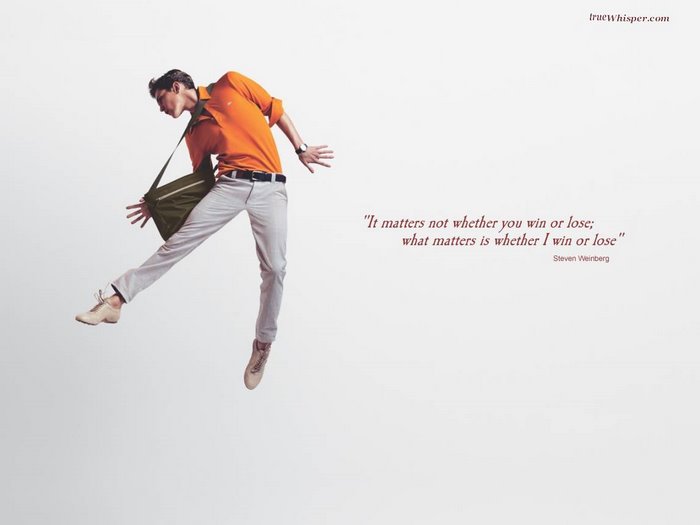Thursday, August 5, 2010
Creating Scripts and Storyboards for e-Learning
After a thorough needs analysis and design document is approved, the development of scripts is the first step in the creation of programmer ready materials, called PRMs. The script or storyboard is simply a screen-by-screen description of what students will see, hear, and do when running the program. Once the designer completes the script, it becomes the guidebook for all other team members: artists, audio/video producers, and programmers.
Depending on the project and the background of the development team, Instructional designers will create either scripts or storyboards. Both formats serve the same purpose, and include the same descriptive elements, but vary in their layout and treatment of graphics.
Scripts typically use verbal descriptions of on-screen graphical items while storyboards use sketches or clip art to visually depict required art elements. Because of the time it takes to create even rough composite artwork, a scripting approach typically takes less time, but storyboards provide a more complete picture of what the final program will look like.
Regardless of the format chosen, every script or storyboard has the following eight major elements:
Project Information includes the name of the client, curriculum title, course title, date, draft or version number, and script page number.
Screen Label indicates which screen of the program is being described. Sometimes screens are called frames or events. These screen labels are generally coded with both a lesson number and screen number. For example, Screen 03-0090 refers to lesson 3, screen 9. The extra zero at the end of the screen counter leaves room to fit additional screens into the script in the future. If you wanted to add a new screen in lesson 6, between the existing screen 12 and 13, the revised script would reference the new screen as "06-0125." While this labeling system might seem hidden at first glance, it can save a lot of time and energy later. Since artists name graphical images using these numerical screen labels as file names, this system avoids the need to renumber all the screens in the script whenever a new page is added.
Audio/narration is specified in the script if the technology used supports it. Typically an audio voice over (sometimes labeled VO in the script) of the narrator is used. Sometimes the audio segment of a script specifies "Play dramatic music," "Buzzer sound on incorrect answer," or some other sound effect.
Video clips, if used, are described in the script, giving both camera direction and writing out the actual dialogue for on-screen actors. Descriptive notes to the director are included, such as "executive at her desk," "prestigious environment," or "slow zoom as she reaches her conclusion."
Graphics are provided in the script as a verbal description of what should appear on screen, or a sketch. The purpose is to help both the reviewer (client or subject matter expert) and the artist who must create the final images, to visualize what the designer has in mind.
Descriptions might be "Show group of business people around a conference table, gender balanced and multiculturally diverse" or more vague like "Computer on desk." General descriptions enable artists to apply their own creativity and resources. At the same time, given only a loose interpretation, the final graphic the artist creates may not match what the designer had in mind.
On-screen text section of the script describes which words will appear on the screen. In many Web-based training programs that can not support audio, text is the primary learning media, thus this section of each script page may be quite long. In other programs where audio narration is the primary instructional media, the text is used to reinforce the audio. In these cases, the text is likely to appear as brief bullet points or short statements.
Navigation and interactivity describes the action items of the program - - what can the student do on this screen, and what will happen next. Standard navigation options include phrases such as "Next button moves to next screen in sequence" and "Menu button jumps back to Main Menu." These types of options that are available from every single screen often are excluded from the description. Once noted on the first script page, navigation is assumed to be constant. Other types of interactivity might be "Answer A: Play buzzer sound and display in feedback window, 'That's incorrect. Try again.'" Or even directions related to the theme or metaphor,
Ex:"Clicking elevator doors causes doors to open, followed by interior elevator scene and movement to fifth floor (topic name / lesson number)."
Notes is the final section in a script that provides an area for any additional comments that do not fit easily into one of the above categories. This informal area allows the designer to communicate directly to an artist or programmer. Comments might be: "The corporate culture is very Generation X. Let's make this opening screen colorful and extreme. Feel free to get creative!" or "This question segment needs to be tracked for final report purposes. We need to track specific answers in addition to correct/incorrect information."
Subscribe to:
Post Comments (Atom)
Sunil

No comments:
Post a Comment